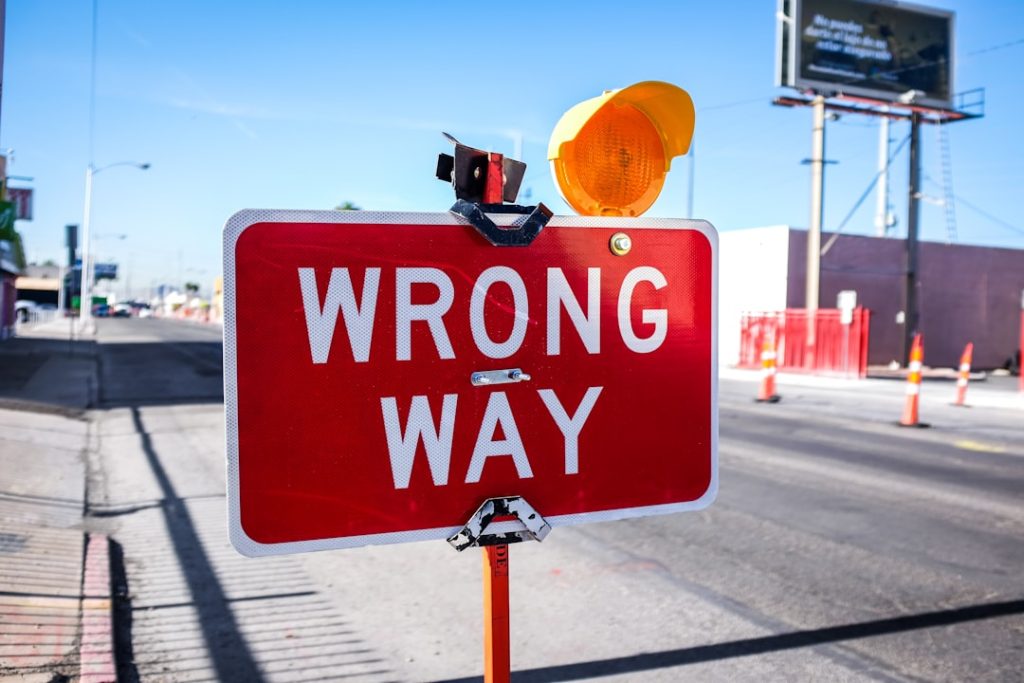So, you’re diving into the world of influencer marketing? Awesome! It’s a powerful way to connect with new audiences and boost your brand. But like any marketing strategy, there are potholes to avoid. Let’s look at some common mistakes businesses make so you can steer clear and make the most of your influencer campaigns.
Mistake #1: Not Defining Your Goals
Jumping into influencer marketing without clear objectives is like setting sail without a destination. What do you want to achieve? Are you aiming to increase brand awareness, drive sales, generate leads, or improve your brand’s reputation? Define specific, measurable, achievable, relevant, and time-bound (SMART) goals. For instance, instead of saying “increase brand awareness,” aim for “increase website traffic by 20% in three months through influencer collaborations.”
Mistake #2: Choosing the Wrong Influencers
It’s tempting to go after influencers with the biggest follower counts, but that’s not always the best strategy. Focus on finding influencers whose audience aligns with your target demographic and whose values resonate with your brand. Look at their engagement rate (likes, comments, shares) rather than just the number of followers. Tools like social listening platforms can help you analyze an influencer’s audience demographics and engagement patterns. A smaller influencer with a highly engaged, relevant audience can often deliver better results than a mega-influencer with a broad, but less targeted, following.
Mistake #3: Ignoring Authenticity
Consumers are savvy and can spot a fake endorsement from a mile away. Make sure the influencers you partner with genuinely like and use your products or services. Give them the freedom to create content that feels authentic to their personal brand. Overly scripted or promotional content can turn off their followers and damage your brand’s credibility. Encourage influencers to share their honest opinions and experiences, even if it means highlighting areas where your product could improve.
Mistake #4: Neglecting Due Diligence
Before partnering with an influencer, do your homework. Check their past content for any red flags, such as controversial posts, fake followers, or a history of unethical behavior. Tools are available to help you identify fake followers and assess an influencer’s credibility. Also, make sure they haven’t worked with direct competitors recently, as this could create a conflict of interest and confuse their audience.
Mistake #5: Failing to Disclose Partnerships
Transparency is crucial in influencer marketing. The Federal Trade Commission (FTC) has strict guidelines about disclosing sponsored content. Influencers must clearly and conspicuously disclose their relationship with your brand, using hashtags like #ad, #sponsored, or #partner. Failure to comply with these regulations can result in legal trouble for both the influencer and your company.
Mistake #6: Not Providing Clear Guidelines
While it’s important to give influencers creative freedom, you also need to provide clear guidelines about your brand’s messaging, values, and expectations. Create a detailed brief outlining the key messages you want to convey, any specific features you want them to highlight, and any compliance requirements they need to follow. This will help ensure that their content aligns with your brand’s overall marketing strategy and avoids any potential missteps.
Mistake #7: Not Tracking and Measuring Results
It’s essential to track and measure the results of your influencer campaigns to determine what’s working and what’s not. Use trackable links, promo codes, or unique landing pages to monitor the traffic, leads, and sales generated by each influencer. Analyze the engagement rate, reach, and sentiment of their content to understand how their audience is responding to your brand. Use this data to refine your influencer marketing strategy and optimize your future campaigns.
Mistake #8: Treating Influencers Poorly
Influencer marketing is a partnership, not a transaction. Treat your influencers with respect and build a genuine relationship with them. Pay them fairly and on time, provide them with high-quality products or services, and be responsive to their questions and concerns. Consider offering them incentives like bonuses, exclusive access to new products, or opportunities to collaborate on future campaigns. Happy influencers are more likely to create authentic, engaging content that delivers results.
Mistake #9: Ignoring Smaller Influencers
Don’t discount micro-influencers. These are people with smaller, more niche audiences, but often boast higher engagement rates and a more loyal following. They can be more affordable and easier to work with than macro-influencers, and their authentic content can resonate strongly with their audience. Consider incorporating micro-influencers into your overall influencer marketing strategy to reach specific target markets.
Mistake #10: One-Off Campaigns
Building a lasting relationship with influencers is key. Instead of one-off campaigns, aim for long-term partnerships. This allows influencers to become true brand advocates and build trust with their audience over time. It also gives you more opportunities to collaborate on different types of content and reach a wider audience.
By avoiding these common mistakes, you’ll be well on your way to creating successful influencer marketing campaigns that drive real results for your business. Good luck!
